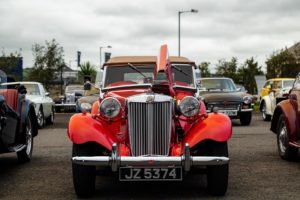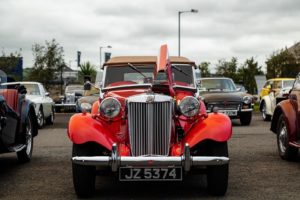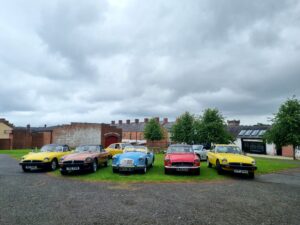The MGB Story: Through the Production Years
9 min read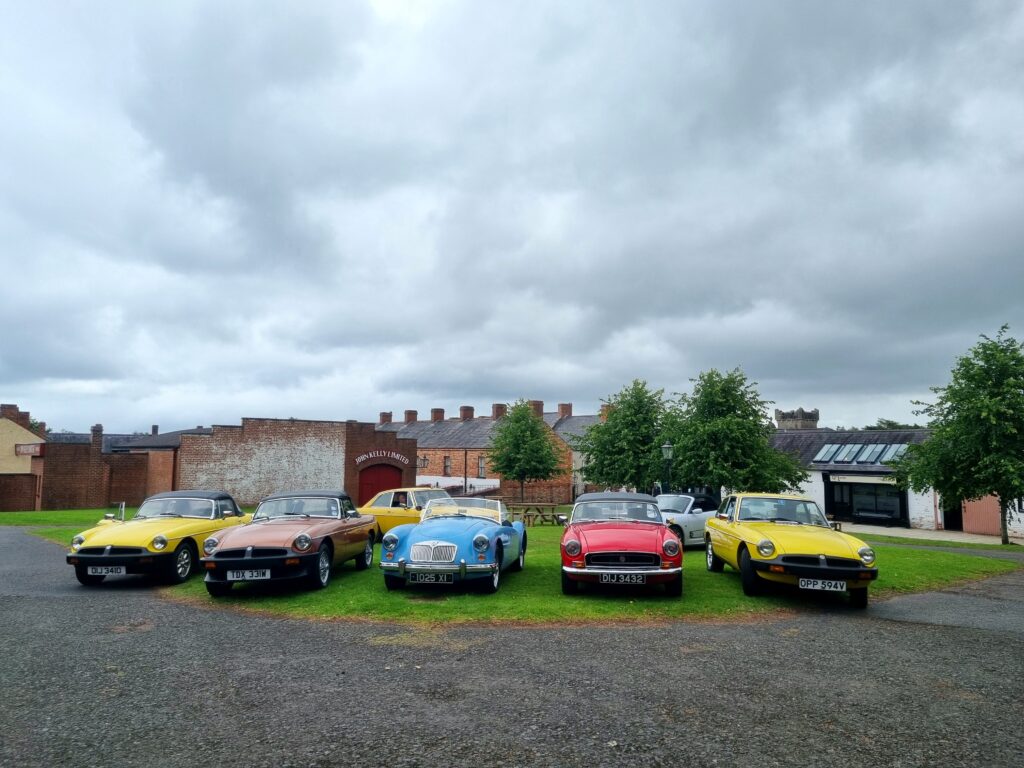
_empty
Share this
The MGB was in production for eighteen years from 1962-1980 but its conception was during its MGA predecessor’s period. The MGA ran from 1955 to mid 1962 and at the time was MG’s most successful sports car selling over 101,000 cars in roadster and coupe form worldwide and it was to be the last MG sports car with a separate chassis.
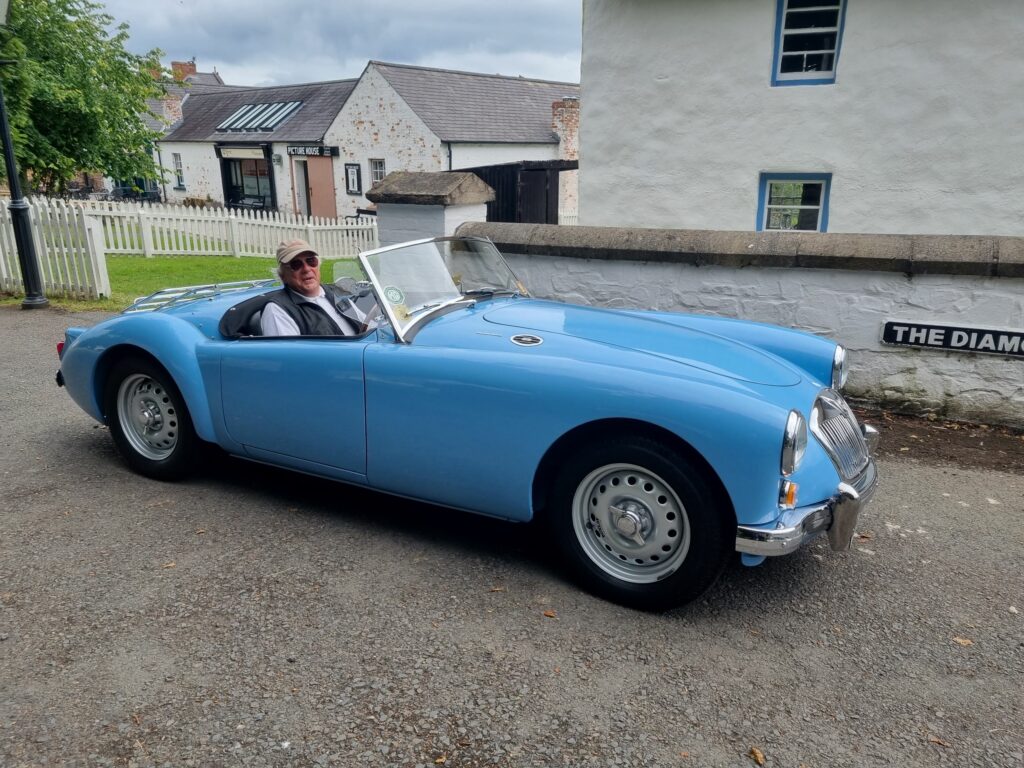
At the height of MGA sales in 1959 MG was already thinking about its successor and this was passed to their design team and what they came up with was something structure wise very different to what had gone before.
The new and un-named sportscar with only a factory code number EX 205 was to have a monocoque (unitary) body shell, gone were the rounded curves of the MGA and what was achieved was a well proportioned more modern looking MG. The new MG was three inches shorter than the MGA but considerably roomier and comfortable and with wind up windows, the new body structure was extremely strong and some believe it was over engineered, it certainly stood the test of time as over the eighteen year production run the structure remained basically unchanged.
The B series engine of the MGA was enlarged to 1798 cc and known as an 1800, a similar four speed three synchro gear box was installed as were similar suspension components to the MGA and the new MG was given the long name of MG MGB 1800 and soon shortened before production to the more logic name of MGB. The first production rhd MGB was completed in May 1962 and was given the chassis number GHN3-101 so if you happen to have this car buried in the back of your barn you can name your price.
The new MGB sports car was officially launched at the Earls Court motor show on September 20th 1962 to worldwide press and public approval and cost £690 plus purchase tax. During its eighteen-year production run there were thousands of modifications to the car and it is not possible to go into all these in this article as to do so would fill a book so I am concentrating on the home market cars main changes, models and upgrades.
The MGB in 1962 was known as the mark 1 and had leather seats, pull handle doors flush fitting locks, disc wheels, cross ply tyres, aluminium bonnet, pack-away hood and the grey hood frame split into two to allow for storage in the boot. The pack -away hood regarded as a simple standard hood was offered up until 1970 although many buyers went for the optional extra since 1963 of the folding hood, which was a lot more convenient.
In 1963 as well as the folding hood mentioned above overdrive and wire wheels were offered as optional extras and in October 1964 for the 1965 model year a revised B series five bearing engine was fitted and also an oil cooler was now a standard fit.
Also in 1965, the pull door handles were replaced with the push button type and the door locks strengthened and these items remained unchanged to the end of production. The ten gallon fuel tank that had been carried over from the MGA was increased to twelve gallons and bolted direct to the boot floor thus doing away with the original MGA type support straps
In late 1965 for the 1966 model year the MGB GT was introduced, again to worldwide appraisal, the new BGT was styled in the Abingdon design office and then tweaked slightly by Pininfarina .
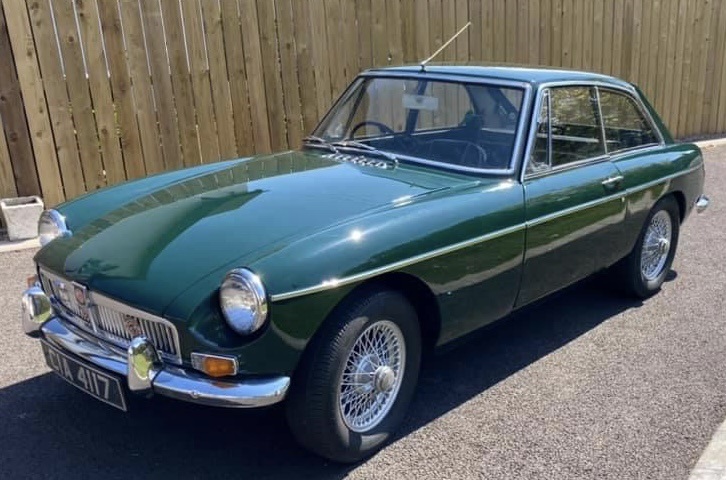
The BGT had similar running gear as the roadster but was fitted with a new designed rear axle known as the Salisbury tube-type and this was not fitted to the roadster until April 1967 possibly because old stocks of the original banjo type had to be used up also in that year an antiroll bar became a standard fitment. 1967 was to become a very busy year for MG with numerous more changes to the MGB and the addition of another more powerful car the MGC.
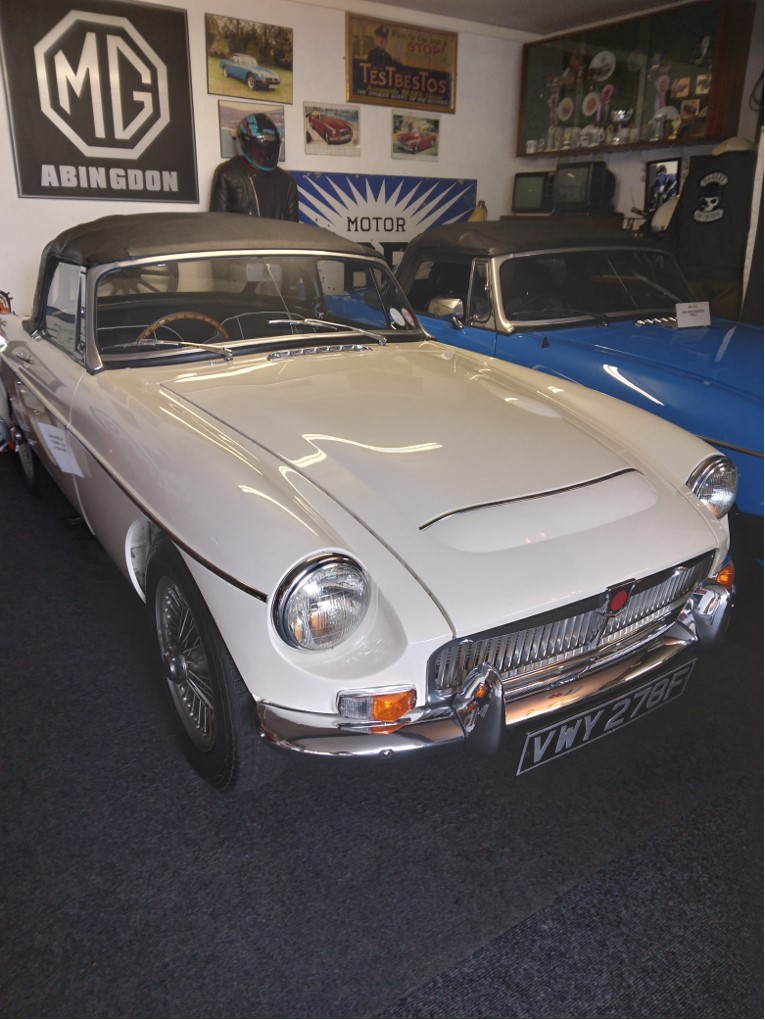
The mark 2 MGB was introduced in October 1967 for the model year 1968 and this included a new all synchro gear box, new type of overdrive unit and the cars transmission tunnel had to be modified to accommodate the larger components, an automatic gearbox was also offered for the first time and other changes included two speed wipers, the dynamo replaced with an alternator and the electrics were changed to negative earth to mention but a few main changes and improvements. Externally to the rear of the MGB reversing lights were installed for the mark 2 version but some late mark ones may also have had these fitted as standard.
1968 saw only a few more notable changes to the MGB, in March many cars were fitted with radial tyres but it was not yet the norm and in November a heater was a standard fitment, it had up to this point been an optional extra. One other item worth noting in 1968 was the merger of Leyland/ BMC as this would lead to a Leylandised MGB for the 1970 model year.
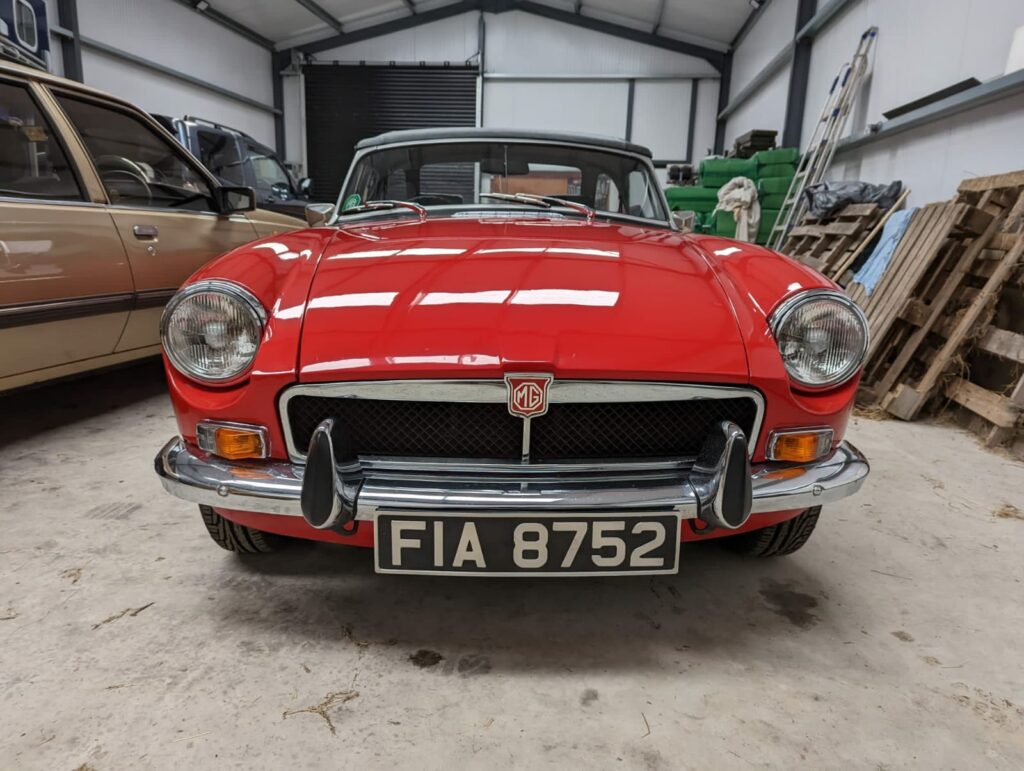
Up until August 1969 there were very few other notable changes and it was at this time that the Leylandised MGB 1970 model appeared and sometimes referred to as the mark 3. Gone was the aluminium bonnet and this was replaced with steel, the leather seats were replaced with Ambla ( vinyl ) and the very recognisable MG chrome grill was replaced with a black recessed type with separate mouldings added to the bonnet edge and wings, painted Rostyle wheels were fitted as standard and chrome versions available as an optional extra, and Leyland badging appeared on both front wings. Also in August 1969, the MGC was discontinued.
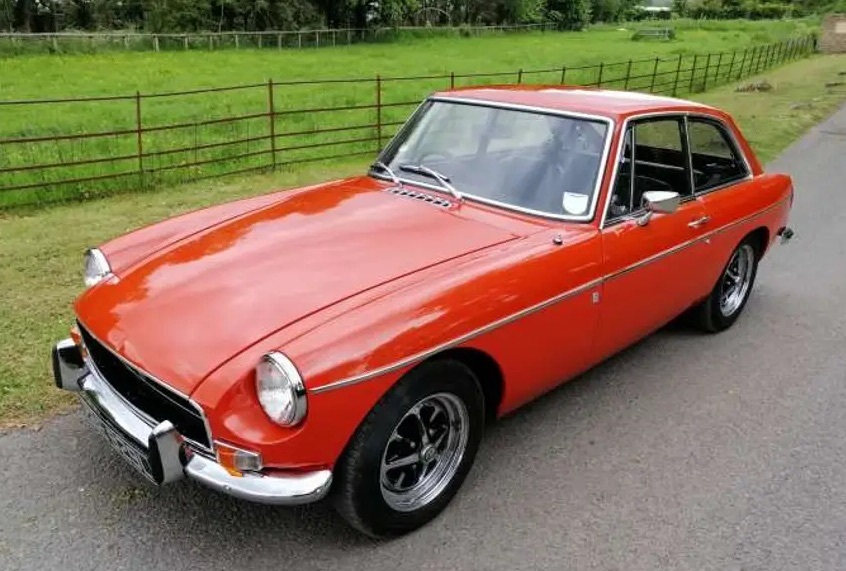
During 1970 headrests and a servo were offered as optional extras but otherwise the car remained basically unchanged with the only visible external feature being the addition of rubber buffers on the overriders. In 1972 the MGB gained fresh air ventilation vents in the dash also a tunnel console was added between the seats with hinged arm rest and a new type of Leyland badge was fitted only to the passengers front wing , radial ply tyres now standard fit.
For the 1973 model year the 18v engine was introduced and was now painted black instead of the MG red of all previous engines and a new black honeycomb radiator grill was fitted with chrome surround and a MG shield badge. In April 1973 production started of the BGT V8. August 1973 saw the discontinuation of automatic transmission on four cylinder cars and a brake servo was now a standard fit along with hazard warning lights.
Through 1974 there were only minor improvements to various components and it wasn’t until September 74 that the biggest change happened by the introduction of rubber bumpers to comply with safety legislation in North America which was MGs largest export market. At the same time the ride height was increased by one and a half inches and strangely the antiroll bar was removed from the roadster despite the substantial additional weight of the new bumpers. Some other changes included one twelve volt battery in place of the two sixes, the SU fuel pump head now protrudes into the boot space, collapsible steering column and side entry steering lock.
In April to June 1975 the special limited edition Jubilee BGT was made for the home market only, 751 of these cars were built all in racing green with gold graphics, v8 style wheels painted gold and black, tinted glass, black door mirrors and an engraved dash plaque.
No major revisions were carried out to the cars through into 1986 and the only external badging addition was in March to the BGT when GT badges appeared at the top of the rear quarter pillars and this was to cover the roof / pillar joint that was previously lead loaded, health aqnd safety ref lead products.
July 1976 saw the last of the BGTV8s as they were discontinued from that date. The V8 production run of approximately three years spanned over the chrome / rubber bumper period with 2587 cars being sold in the home market & a further 7 lhd cars ended up in North America. The timing of the launch of the V8 in April 1973 couldn’t have been worse as it was the start of a fuel crisis which led to high inflation and very few car buyers wanted a large engine car at that time resulting in very poor sales and subsequent demise of the car which was very unfortunate for MG.
With a top speed of 125 MPH and 137 BHP it was a long distance cruiser sports coupe and with the rear quarter light windows open the V8 exhaust sound under acceleration would have brought a smile to anyone’s face.
1976 for the 1977 model year and beyond saw what could be regarded as the last substantial changes to the cars interior and under bonnet arrangements. There were new carburettor specifications, new radiator which was mounted further forward & separate expansion tank, original fan removed from engine and an electrical unit mounted in front of the radiator, modified steering rack, heavy duty anti-roll bar fitted to both Roadster and GT together with rear anti-sway bars, tinted glass standard on GT, new nylon seat covers in orange/brown & silver/grey depending on colour of car (deckchair seating), new door cards incorporating radio speakers, two speed heater fan, warning lights for handbrake & seat belts, new dash and instruments layout, the roadster also gained sun visor’s and a zip out rear hood window naming some of the changes.
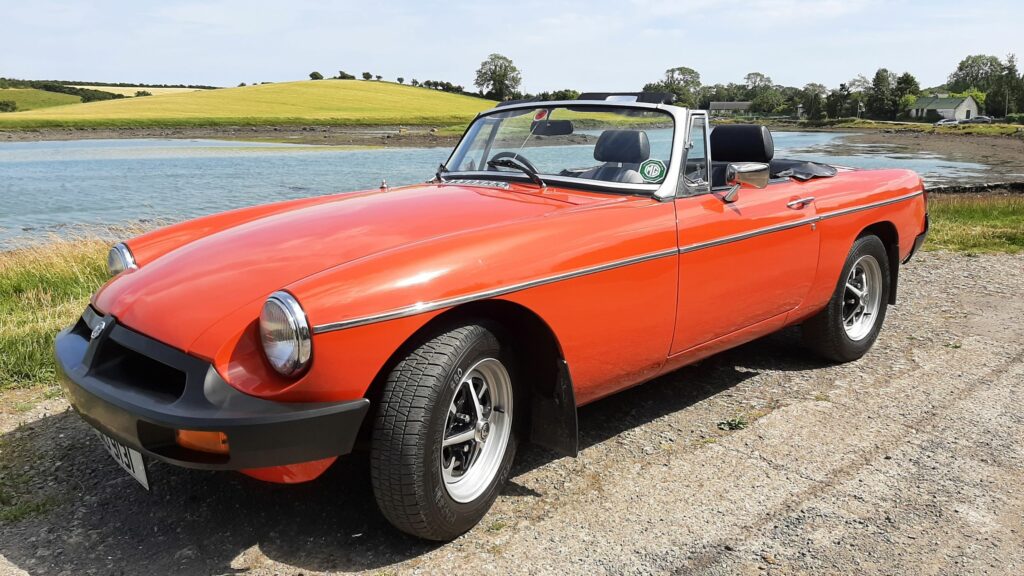
Very few more notable improvements were carried out to the cars over the next years as MG headed to closure but they had been working on a limited edition run of 1000 cars completing the production of the MGB and GT.
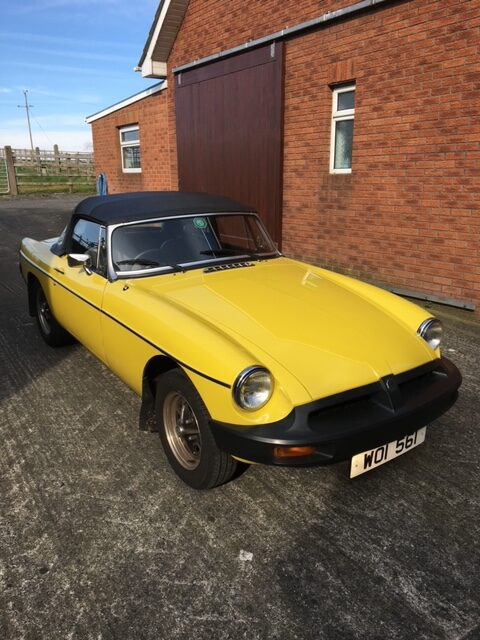
In reality 1001 LEs were built between August and October 1980, 580 GTs in pewter metallic and all with alloy wheels and special matching side graphics, 421 roadsters in bronze metallic again with matching graphics and a choice of wire or alloy wheels, all cars had a front air dam & red MG badging. The last car made was a BGT LE chassis number 523002 and it was preceded by an LE roadster chassis number 523001, both these last cars have consecutive registration numbers HOK 681W & 682W & can be seen with BLs heritage collection in Gaydon museum.
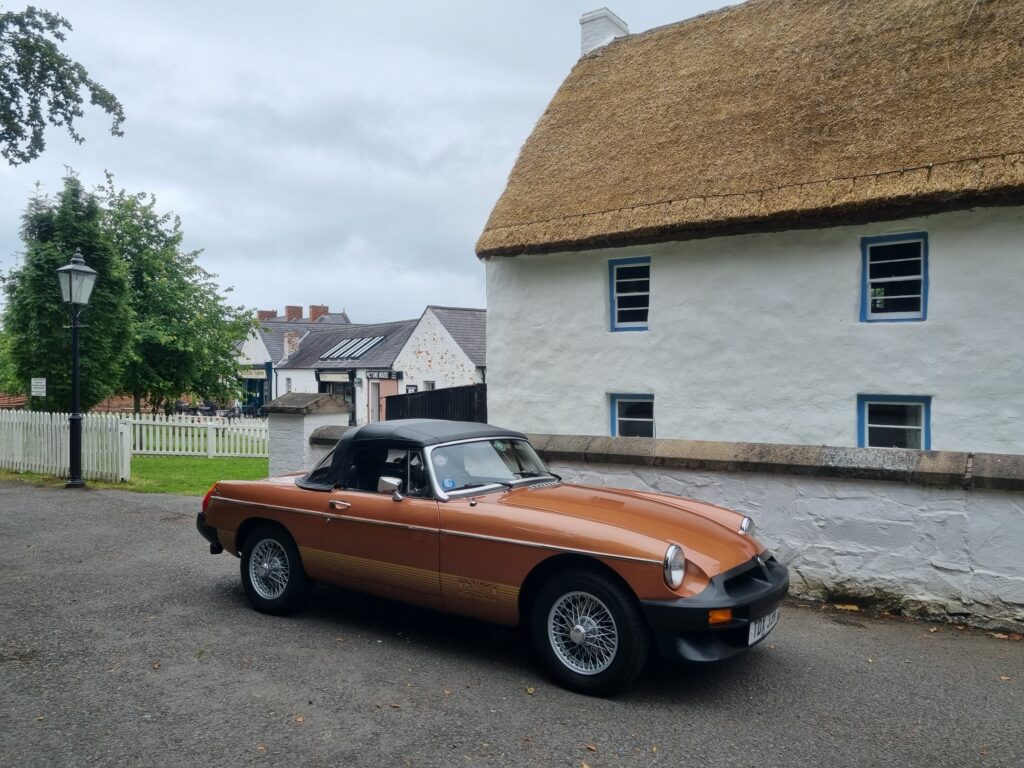
And now for some facts and figures: in it’s day the MGB was the UKs best selling sports car and many maintain that applies world wide and even today the MGB and GT have a very loyal following throughout the world. There were 386,961 roadsters built & 125,282 GTs and 1972 was the best year for car production with 39,393 B and BGTs produced.
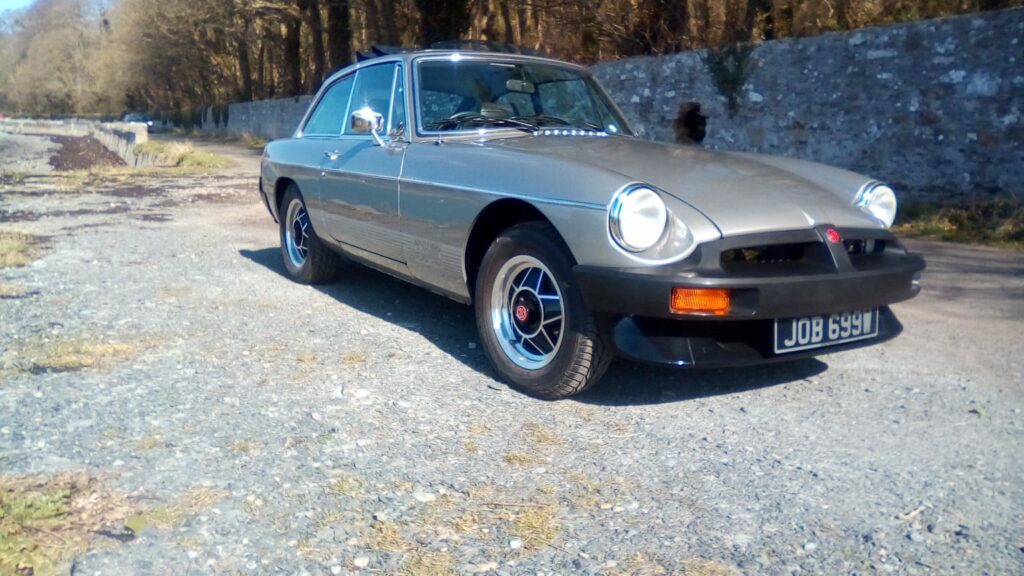
Now I can not finish this article without mentioning the short lived MGB in drag, it is of course the MGC. This car was only in production for two years 1968 and 1969 and during that time about 9,000 cars were sold in roadster and GT form with manual & automatic gear boxes. Its engine was a straight six similar to the Healey but differing in that it was a seven bearing unit as opposed to the Healeys four bearing engine and this MGC engine was only used in one other car of the time the Austin 3 litre saloon.
The big disadvantage for MG was the weight & depth of this engine, it weighed nearly double that of the MGB standard unit and the Bs suspension could not cope with this so major surgery was required to the frontal underpinnings of the MGB shell to take this extra weight & engine depth. New torsion bar suspension had to be incorporated, new telescopic shock absorbers, rear springs, etc., and as the engine sat well forward there was a lot of extra weight over the front wheels and despite a modified steering rack the steering was still very heavy.
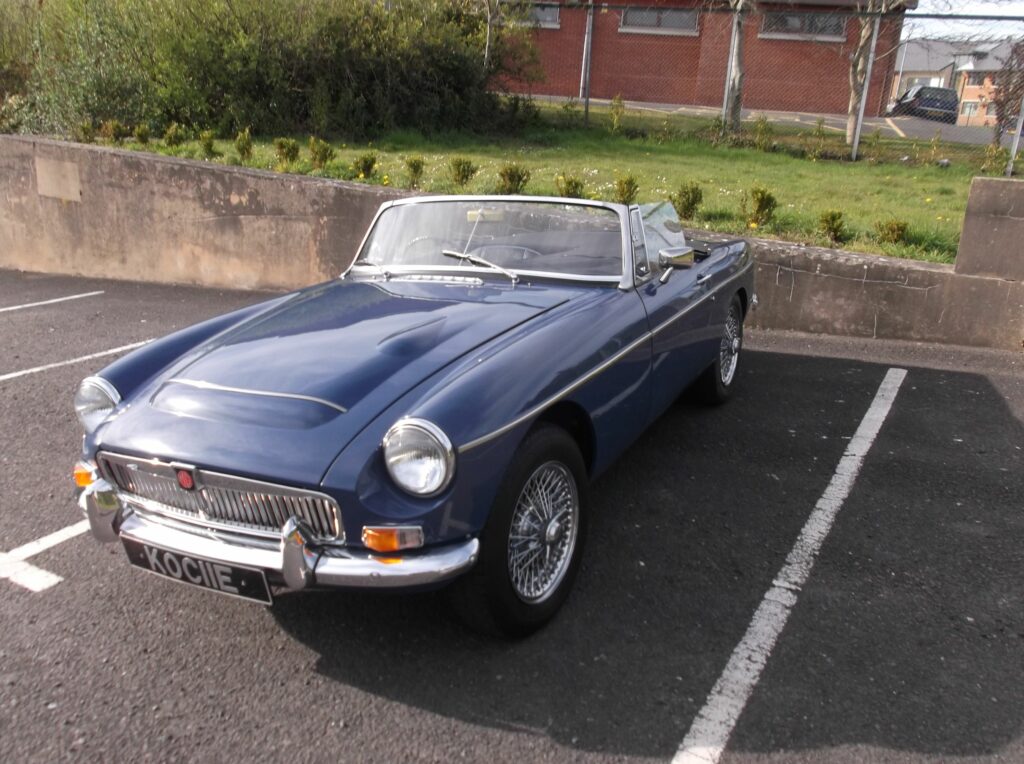
The MGC sat on 15 inch wheels and was easily distinguished from the MGB by its large bonnet bulges to clear the radiator and front carb. When the car was launched the motoring press tore it to pieces, poor handling, strong understeer, clumsy heavy nature, stodgy, to name only some of the comments and I think this is why it only lasted for two years. When production ceased in 1969 MG was left with many unsold cars and a bulk purchase was negotiated with University Motors and many of their cars engines were upgraded before being sold on.
The MGC is capable of 120 MPH and has 145 BHP, today with modern technology, better tyres, power steering, etc., it’s now a very sought after MG and is a great grand tourer.
Perhaps also worthy of mention is the MG RV8.
The MGRV8 was conceived in 1988, following the successful reintroduction of the new MGB bodies back into production by British Motor Heritage. The MG RV8 is a heavily revised MGB powered by a 3.9 litre Rover V8 engine delivering 185bhp, delivered to the rear wheels via a 5 speed Rover gearbox.
I hope you have enjoyed reading about the well documented MGB models and maybe it might even tempt you into classic car ownership.
Article by Noel C, MGOCNI


